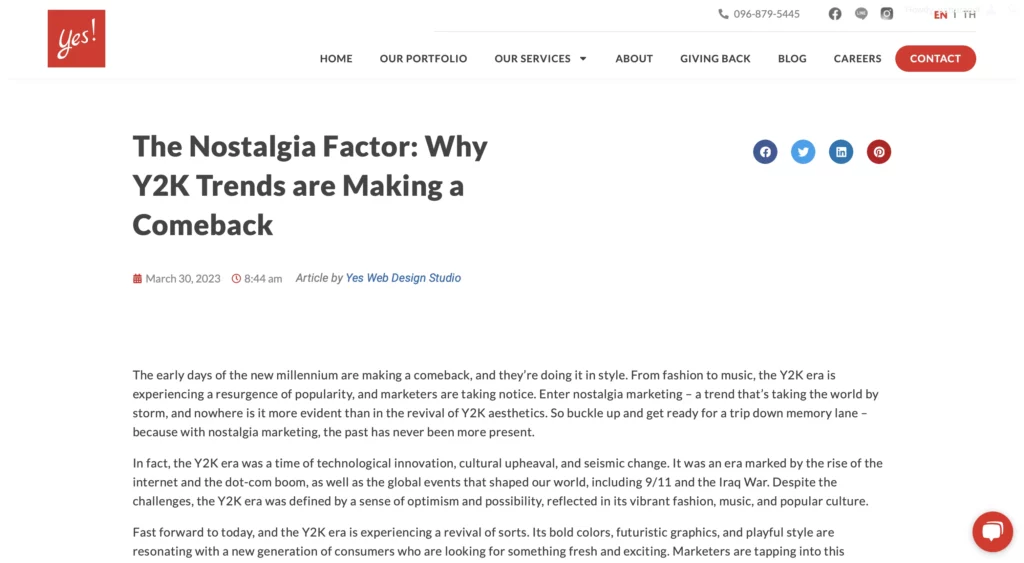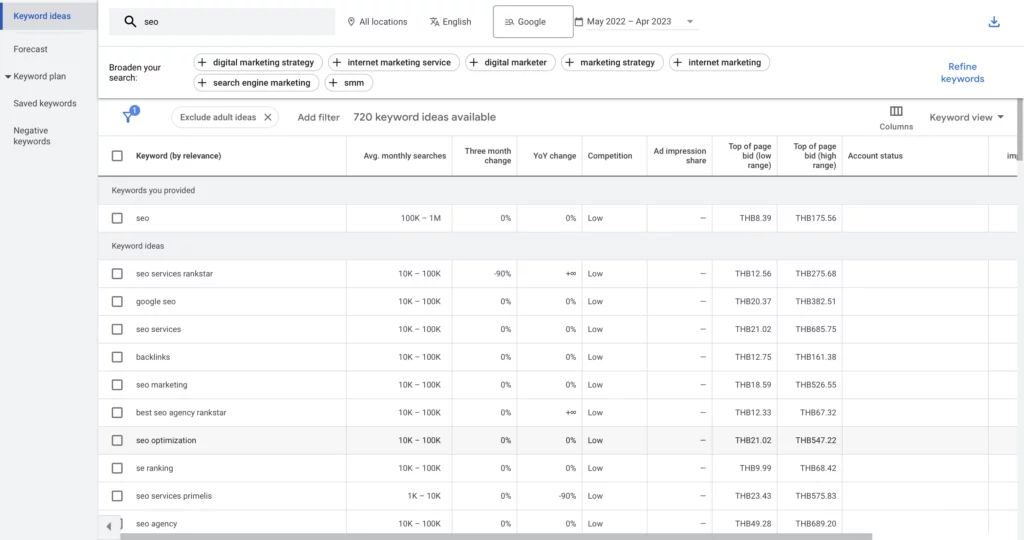In a digital age where everything costs, getting to the top of the search engine list also comes with an inevitable price. In light of this, Blogging for SEO was created and has been widely adopted. In order to secure the highest spot on the search list (second to paid ads), everyone’s competing to get that “high rank organic search” without needing to pay for ads.
Tools and techniques have been applied to the process of creating blogs that not only provide valuable information, but also have to increase visibility and traffic to the website. There are a wide variety of techniques that are used for SEO but this article will focus mainly on 6 strategies to improve blogging for SEO.
Blogging for SEO, Why?

Blogging is an integral part of an effective SEO strategy. It allows you to create fresh and optimized content, target relevant keywords, increase organic traffic, enhance internal linking, establish authority, amplify through social media, and attract valuable backlinks. By investing in a consistent and quality blogging effort, you can boost your website’s visibility, attract more visitors, and ultimately improve your search engine rankings.
On-Page
On-Page SEO is the strategy that focuses on optimizing elements of a website, both front-end and back-end that affects search engines. Some of the strategies used are:
- Keyword Research
- Blog Titles
- Internal & External Linking
- Optimized URLs
- Backlinks
- Content Marketing
Keyword Research

Using keyword research to increase the chance of getting displayed on the search list is one of the important things in getting rank higher on search engines and also get more search engine traffics and the how-to is to use tools that are provided by companies such as Google Ads, Semrush, WordStream.
To understand how Google SE (Search Engine) works we need to understand that Google SE uses keywords as one of the elements to check whether the page matches what users search. If the engine thinks that the page content is relevant and could be useful, it will be displayed at a higher search rankings. There are other elements that Google uses to determine whether the content suits the user’s intent, which we will discuss later. The steps in using keywords in blogging go like this:
1. Find a Topic To Write About: The first step in learning how to use the keyword planner tools is by inserting keywords and finding what users are searching and selecting a topic that has high search volumes e.g. web design or SEO.
2. Come Up With a Title: After getting the topic, start writing a title that includes keywords that have mid to high volumes. The reason why we use some mid volumes keywords is because there are chances that those keywords will grow, meaning that users may be searching more in the future. Now, let’s look at how to execute a title that will rank high in the search list.
Executing Blog Titles Right
Title is the first thing in a blog that users will see and it is a crucial piece that decides whether the users will click or not, but that’s not all. A title also serves as something that Google uses to analyze and put in on the search list. The more precise word titles a user searches, the more chance the blog will appear on their screen. This is when keyword research comes into play. Finding what users search most will result in creating a title that will show on the search list. A bad example of blog titles are:
“Writing Technique That Will Improve Your Blog and Increase Traffic, Visibility of Website and Boost SEO”
Although this title contains possible keywords that users may search, it is too long and will be cut out on the search list. Let’s look at another one:
“How to Elude Obnoxious Website Design”
This title is short and precise but uses words like “Elude” and “Obnoxious” that users would not normally search in their day to day browsing.
A good title should consist of keywords that users often use plus arranging words that are commonly searched. Think of how you would search for this blog if you want to find some information then try applying it to the title. It might be “Improve blogging SEO” or “how to improve blogging for SEO”. With these keywords in the title and with users searching, the chances that it will appear on the search list will be higher.
Internal & External Linking
The next strategy is to use Internal and External linking. Internal Linking means inserting links on a page that lead to another page on the same website. An External Linking means inserting links on a page that leads to another page on another website. The main reason that this strategy works well and many websites use it is that it enhances user’s experience as well as assisting search engines to determine if the page is useful or relevant. The more internal links pointing to a certain page will make search engines understand that that page is important. For External Link, it enhances user experience by building trust with the audience by linking other high quality pages outside the website.
Optimized URLs
Another technique that Google recommends is to use understandable urls. Using keywords in a blog’s url is another way to ensure that it matches with the topic of content, making it easier to get searched. A poor URL may look something like this:
https://www.tomwaterblogs.com/g2/2023/page-blog-062859/
Instead, use url that is easy to understand like this:
https://www.tomwaterblogs.com/blog/5-seo-strategies-you-should-not-miss/
Off-Page SEO
Off-Page SEO is the strategy that focuses on the website using activities that are done outside the website by promoting the brand around the website. Common actions of Off-Page SEO are
- Backlinks
- Content Marketing
Backlinks
Backlinks are considered a well known action for Off-Page SEO. Backlinks are basically links from a page to another website. If your site links to some other website’s page, then they will have a backlink to you. If someone links your site, you will have a backlink from them. To put it in simple terms, the more people link your site, the more likes you get and that contributes to how search engines view how credible your site is. The more high-quality site’s backlinks you have, the more authority your domain will have. Putting links in articles has to be eye-catching, making it stand out so that users would click. The more distinct and attractive, the more referral traffic.
Conclusion
In conclusion, blogging for SEO requires more than the writing itself, there are other elements that contribute to making a blog successful. Every little detail in each webpage can determine the rank that is displayed on Google search list. These 6 strategies, 4 On-Page and 2 Off-Page SEO, will surely help increase the chance of getting a higher rank in SEO.
Yes Web Design Studio
Tel. : 096-879-5445
LINE : @yeswebdesign
E-mail : info@yeswebdesignstudio.com
Facebook : Yes Web Design Studio I Web Design Company Bangkok
Instagram : yeswebdesign_bkk
Address : 17th Floor, Wittayakit Building, Phayathai Rd, Wang Mai, Pathum Wan, Bangkok 10330 (BTS SIAM STATION)








